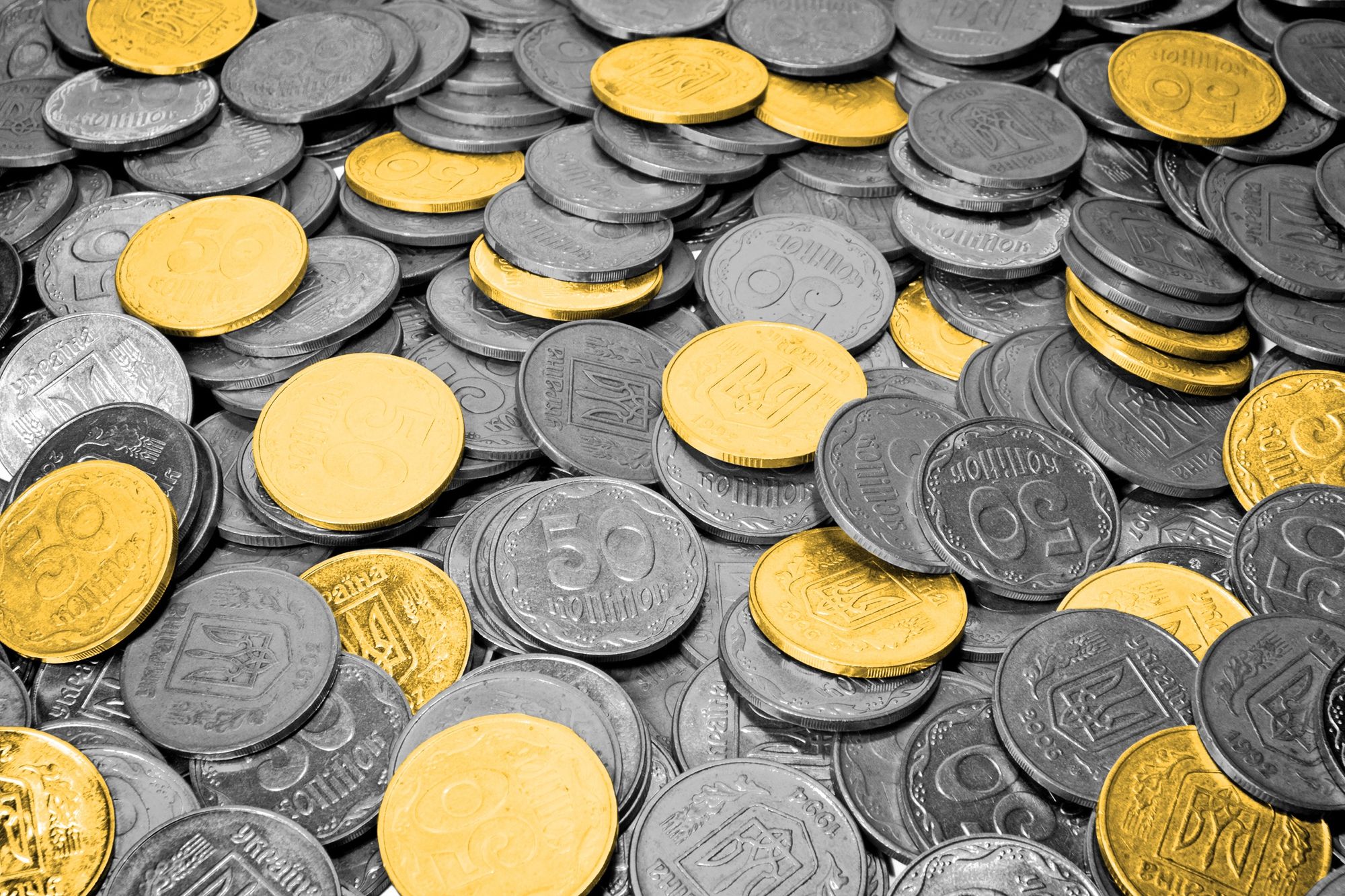
Human hair contains traces of gold.
Gold is present in low levels throughout the Earth. It’s been found on every continent except Antarctica, as well as in the planet’s core, the oceans, plants, and in humans, too. The average human body of about 150 pounds is said to contain about .2 milligrams of gold, which we excrete through our skin and hair. Babies less than three months old tend to have more gold in their manes than older people, thanks to the precious metal being passed along in human breast milk. And while no one’s suggesting we should mine the gold in hair or breast milk (as far as we know), researchers are studying whether gold — and other metals — might be recovered from human waste.
Gold is far from the only metal found in our bodies, however. Researchers estimate that 2.5% of the human body’s mass is made up of metals; think iron, cobalt, copper, zinc, calcium, and more. Many of these metals have important health functions — gold helps transmit electrical signals throughout the body, and plays a role in maintaining our joints. As for how gold and other precious metals got to Earth in the first place, some astrophysicists believe it’s all thanks to two neutron stars that crashed into each other about 4.6 billion years ago, leading to residual deposits of gold, silver, platinum, and more that eventually settled on our planet. Because these elements eventually found their way into our bodies, we can say that we truly are made of star stuff.
According to the International Olympic Committee, athletes’ gold medals must be composed of at least 92.5% silver and plated with about 6 grams of pure gold. (Silver medals are authentically advertised as solid silver, yet bronze medals are actually 95% copper and 5% zinc.) However, genuine gold medals were briefly part of the Olympic Summer Games. In the St. Louis 1904 games — the first Olympiad where the modern medal configuration was observed — top finishers received medals made entirely of gold. The practice ended after the 1912 Olympics in Stockholm, after World War I led to gold shortages. Cold-weather winners never had the chance to take home fully gold hardware, as the Olympic Winter Games only launched in 1924.

